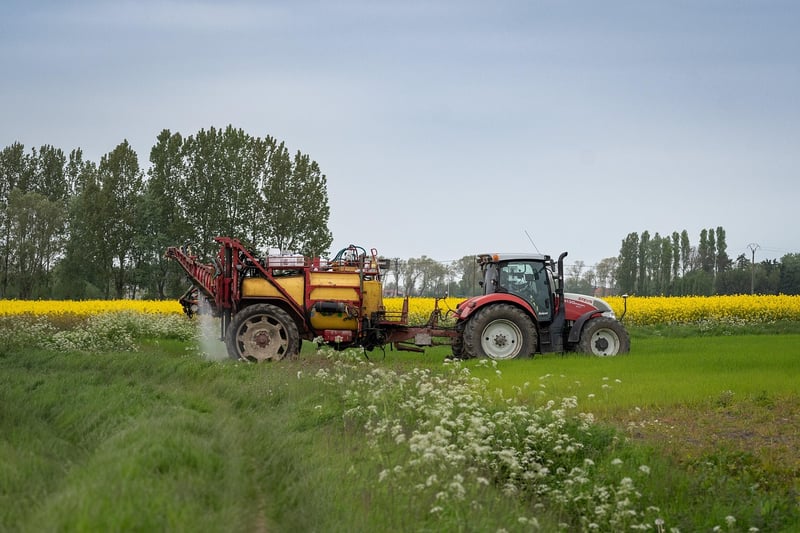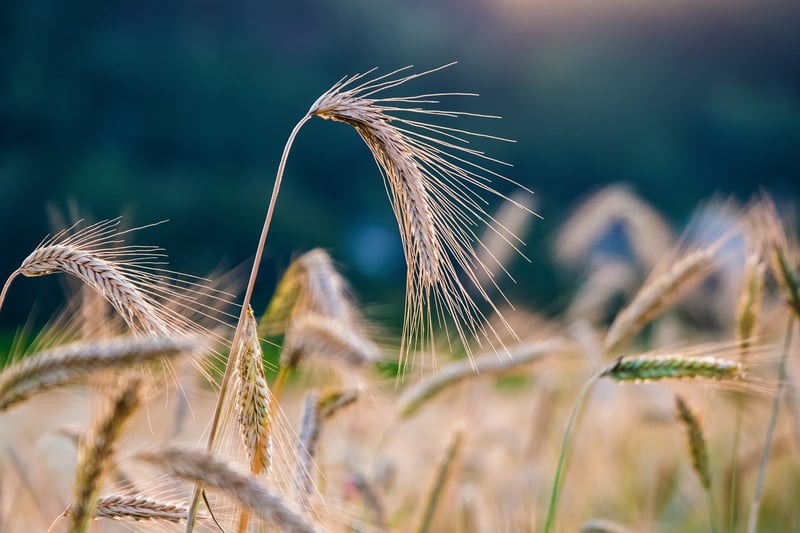Crop Selection
Optimal Planting Strategies and Crop Selection
Introduction
When it comes to successful farming, choosing the right crops and implementing optimal planting strategies are crucial. By selecting the appropriate crops and following strategic planting methods, farmers can maximize their yield and ensure a successful harvest. In this article, we will explore the importance of crop selection and planting strategies for sustainable and productive agriculture.
Crop Selection
Choosing the right crops to cultivate is the foundation of a successful farming operation. Factors to consider when selecting crops include:
- Climate conditions
- Soil type
- Water availability
- Market demand
It is essential to research and understand which crops thrive in specific environmental conditions to optimize yield and profit.
Optimal Planting Strategies
Implementing effective planting strategies can significantly impact crop growth and yield. Some optimal planting strategies include:
- Crop Rotation: Rotating crops seasonally can help maintain soil fertility and reduce pest infestation.
- Companion Planting: Planting complementary crops together can improve nutrient uptake and deter pests.
- Spacing and Depth: Proper spacing and planting depth are critical for optimal root development and sunlight exposure.
- Timing: Planting crops at the right time based on seasonal conditions can enhance growth and yield.
Conclusion
Successful farming requires a combination of strategic crop selection and optimal planting practices. By carefully choosing crops that are well-suited to the local environment and implementing effective planting strategies, farmers can increase productivity, reduce risks, and promote sustainability in agriculture.
Remember, the key to a bountiful harvest lies in the thoughtful selection of crops and the implementation of sound planting techniques.
Happy farming!


